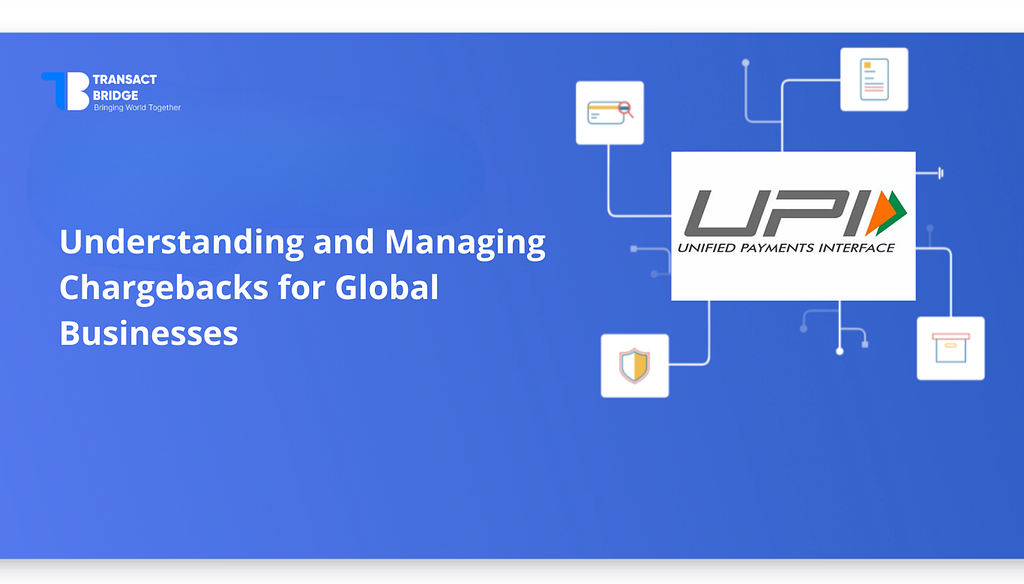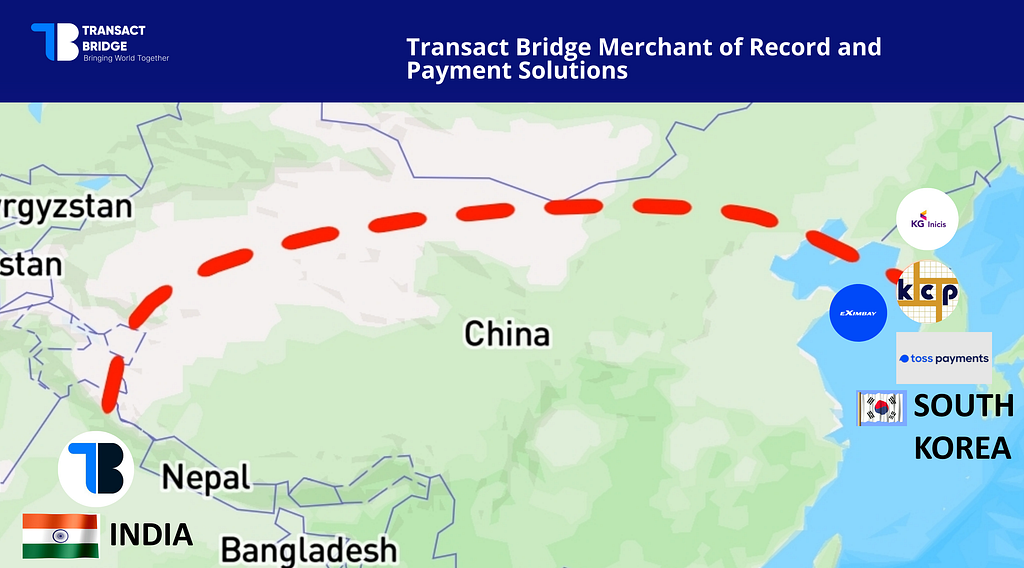
Why India’s Low Credit & Debit Card Penetration Is a Massive Barrier for Global Companies and How to Break Through It
Published on: Fri 23-May-2025 07:56 AM

India’s consumer internet market is booming — with over a billion mobile connections and one of the fastest-growing user bases for gaming, streaming, and digital content. Yet, for international companies looking to monetize in India, there’s a brutal roadblock: credit and debit card penetration is shockingly low.
Especially for digital-first brands in SaaS, gaming, e-learning, and entertainment, the reality is clear: traditional global payment models don’t work in India.
If your company depends on Stripe, PayPal, or Mastercard/Visa rails — you’re likely missing out on millions in revenue from Indian users who can’t, or won’t, pay with cards.
In this guide, we’ll break down:
Why card adoption in India is lagging
What that means for global merchants
How to navigate this payment gap without setting up an Indian entity
And why platforms like Transact Bridge are key to converting this challenge into a growth opportunity
The Hard Truth: Cards Don’t Rule in India
Just 0.5% of Tier 2 and Tier 3 Indian users own a credit card.
India has leapfrogged into the digital era with local payment methods — not with cards. UPI (Unified Payments Interface) has become the dominant force, handling over 83% of all digital transactions in 2024. In contrast, credit cards are used by a tiny fraction of the population, mostly urban, mostly elite.
For global companies reliant on card payments, this is a nightmare:
Low checkout conversions
Abandoned carts
Failed recurring payments
Limited reach outside metro areas
Even users who do have debit cards often use RuPay, India’s domestic scheme, which isn’t widely supported by global processors like Stripe or PayPal.
The Global Business Impact: What You’re Losing
1. Missed Revenue in Gaming & Streaming
Millions of India’s gamers (ages 16–25) can’t purchase skins, passes, or credits from global platforms. Why? They don’t have credit cards, and the platforms don’t support UPI.
2. SaaS Drop-offs
International SaaS tools report lower adoption and high churn in India. Users start free trials but can’t convert to paid plans when cards fail.
3. Recurring Payments Fail
Spotify lost Premium subscribers in India after changes to recurring payment rules. The result? Downgrades, cancellations, and churn.
4. Blocked Global Education Access
Students from Tier 2/3 cities struggle to access online learning or pay for certifications due to card restrictions.
5. Digital Creators Can’t Monetize
Influencers and content creators lose fans when global tip jars or subscription models don’t support local payment rails.
Regulatory Landmines: Why the Situation Is Getting Worse
India’s central bank (RBI) has layered regulation on top of an already challenging card market:
Tokenization rules make it harder to store card data or process recurring payments.
Acquirer restrictions block refund flows if cards aren’t stored.
Extra authentication steps result in more dropped transactions.
Even when a user does try to pay with a card, the success rate is abysmal. And if the transaction fails, it’s the merchant who takes the hit.
Why Stripe, PayPal, and Adyen Aren’t Enough
Most global payment processors were never built for India’s unique financial ecosystem. Here's what happens when they try:
Stripe supports Visa/Mastercard, but not UPI or wallets
PayPal is usable for cross-border, but banned for domestic Indian use
Adyen lacks coverage of essential Indian networks like PhonePe or Paytm
Result? You get partial access, high failure rates, no tax compliance, and no local legal cover.
If you're serious about selling in India, you need more than a processor. You need infrastructure.
The Fix: A Merchant of Record Model That Speaks India’s Language
That’s where Transact Bridge changes the game. It’s not just a payment gateway. It’s a complete Merchant of Record (MoR) platform custom-built to let global companies accept payments from Indian users — without setting up a legal entity or wrestling with compliance.
Here’s how Transact Bridge bridges the gap:
✅ Accepts ALL Major Indian Payment Methods
UPI (instant bank transfers)
Wallets (Paytm, PhonePe, Google Pay)
Net banking
RuPay cards
Visa/Mastercard issued in India
✅ No Indian Entity Required
You don’t need to incorporate in India, register for GST, or hire local accountants. Transact Bridge takes care of the legal and compliance backend.
✅ Handles Tax and Regulatory Filings
All your Indian transactions are compliant with GST, TDS, and RBI rules. You don’t lift a finger.
✅ Fast, Legal Fund Repatriation
No more chasing auditors or filling out Form 15CA/CB. Transact Bridge remits earnings to your international account — cleanly and legally.
✅ Built-In Chargeback and Fraud Protection
Disputes and reversals are handled for you. Transact Bridge takes the friction — not your team.
✅ Automated Smart Routing
Transactions route through the best-performing Indian acquirers. If one fails, the next picks it up — so users never see a failure screen.
🔗 Explore all Transact Bridge Features
Why This Matters to You (If You're Based in the US, UK, EU, or Beyond)
Your digital product — whether it’s a game, course, subscription, or service — deserves access to India’s digital market. But unless you speak the local language of payments, taxes, and compliance, you're invisible to 95% of the audience.
Trying to “make Stripe work” is like trying to sell snowmobiles in Mumbai. You’re using the wrong tool for the job.
Transact Bridge isn’t a workaround — it’s the infrastructure your India strategy needs.
Examples of Industries Most Affected
1. Streaming/OTT
Netflix, Spotify, and others face auto-renewal failures. UPI AutoPay helps — but not all providers support it yet.
2. SaaS Platforms
Freelancers, agencies, and SMEs can’t subscribe without domestic payment methods.
3. Gaming & Virtual Items
Skins, power-ups, and in-game currency can’t be purchased if the user’s card fails.
4. Education & eLearning
Certifications, premium content, or course materials are blocked by friction-filled checkouts.
5. Digital Goods & Top-Ups
Platforms like Codashop and Razer Gold face high drop-off rates when card transactions are denied.
Still Thinking You Can Wait?
Each month you delay adapting to India’s payment realities, you’re losing:
Users who try and fail to pay
Subscribers who churn when payments fail
Market share to competitors who localize faster
India is not “coming soon.” It’s already the #1 source of mobile app downloads globally and a top 5 market for digital content consumption.
Final Word: Adapt or Miss the Wave
The low penetration of international credit and debit cards in India is more than a nuisance — it’s an existential roadblock to your growth in one of the world’s biggest digital markets.
But with the right partner — like Transact Bridge — you can bypass that wall entirely.
No local entity. No legal headaches. No failed payments.
Just clean, fast, compliant revenue from Indian users who already want what you offer — if only they could pay for it.












